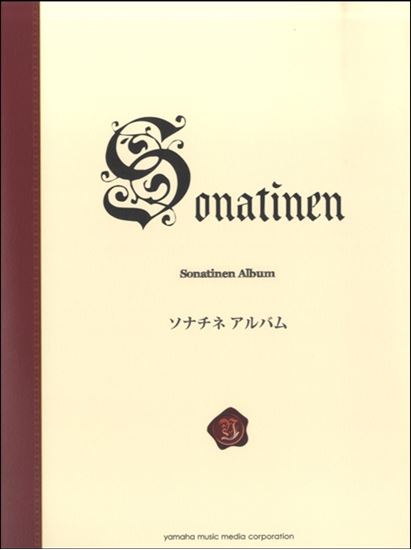Beethoven, Ludwig van : Sonate für Klavier Nr.20 G-Dur Op.49-2
Work Overview
Publication Year:1805
Instrumentation:Piano Solo
Genre:sonata
Total Playing Time:8 min 00 sec
Copyright:Public Domain
Commentary (1)
Author : Okada, Akihiro
Last Updated: March 1, 2010
[Open]
Author : Okada, Akihiro
Similar to Op. 49-1, this sonata is titled "Leichte Sonate" (Easy Sonata). Although its sonata number, assigned according to publication order, is "No. 20," its estimated period of composition is between No. 3 and No. 4. The autograph manuscript is lost, and the only dynamics indicated in the first edition are two instances of "pp" in the second movement.
First Movement: G major, 2/2 time, Sonata form
The resolute opening, featuring the tonic chord and its arpeggiation, stands in considerable contrast to that of Op. 49-2. The eighth-note triplets of the arpeggio play a significant role in the subsequent transitions and coda.
Following a transition (m. 15~) based on eighth-note triplet arpeggios, the secondary theme (m. 21~), characterized by a three-eighth-note anacrusis, appears in the dominant key of D major. After a transition (m. 36~) featuring eighth-note triplet scale passages, the coda (m. 49~) recalls the transitional section from the main theme.
The development section (m. 53~) begins with the main theme in D minor, progressing through A minor to E minor. An intervening transitional passage featuring sustained repetitions of the dominant (B natural) and double thirds leads to the recapitulation of the theme in the tonic key. While it is common in sonata form for the dominant of the tonic key to appear as a pedal point just before the recapitulation to establish the return of the tonic (as seen in Beethoven's sonatas, e.g., the first movements of Op. 2-1, 2-3, and 10-1), the sustained pedal point on the dominant of the parallel minor, as seen here, can be considered an innovative aspect, especially given that this sonata is regarded as a "Leichte Sonate" (Easy Sonata) intended for pedagogical purposes.
In the recapitulation (m. 67~), both themes are restated in the tonic key, and the movement concludes without an expanded coda.
Second Movement: G major, 3/4 time
The theme of the third movement of the Septet, Op. 20, and the minuet theme of this movement are based on the same material. It does not contain repeat signs, and the movement's structure is rondo-like.
After the minuet theme, characterized by a dotted-rhythm anacrusis, a graceful theme (m. 28~) appears in the dominant key (D major) following a transition with scale passages. Led by a succession of dotted rhythms, the minuet theme returns (m. 48~).
After a fanfare-like theme appears in the subdominant key (C major), the minuet theme returns again, and the repetition of the theme's dotted rhythm and descending second intervals forms the coda, bringing the movement to a close.
Movements (2)
PTNA & Partner Channel Videos(8items)
Reference Videos & Audition Selections(4items)
Sheet MusicView More
Scores List (29)

(株)音楽之友社

カワイ出版

(株)全音楽譜出版社

(株)全音楽譜出版社

(株)全音楽譜出版社

(株)全音楽譜出版社

(株)春秋社

(株)春秋社

(株)全音楽譜出版社

(株)ヤマハミュージックエンタテインメントホールディングス

(株)ドレミ楽譜出版社

(株)音楽之友社

(株)ドレミ楽譜出版社

(株)ドレミ楽譜出版社

(株)ドレミ楽譜出版社

ヘンレ社(ヤマハ)

(株)ドレミ楽譜出版社

(株)ヤマハミュージックエンタテインメントホールディングス

(株)全音楽譜出版社

(株)東音企画(バスティン)

(株)音楽之友社

Barenreiter

Neil A. Kjos Music Company
















